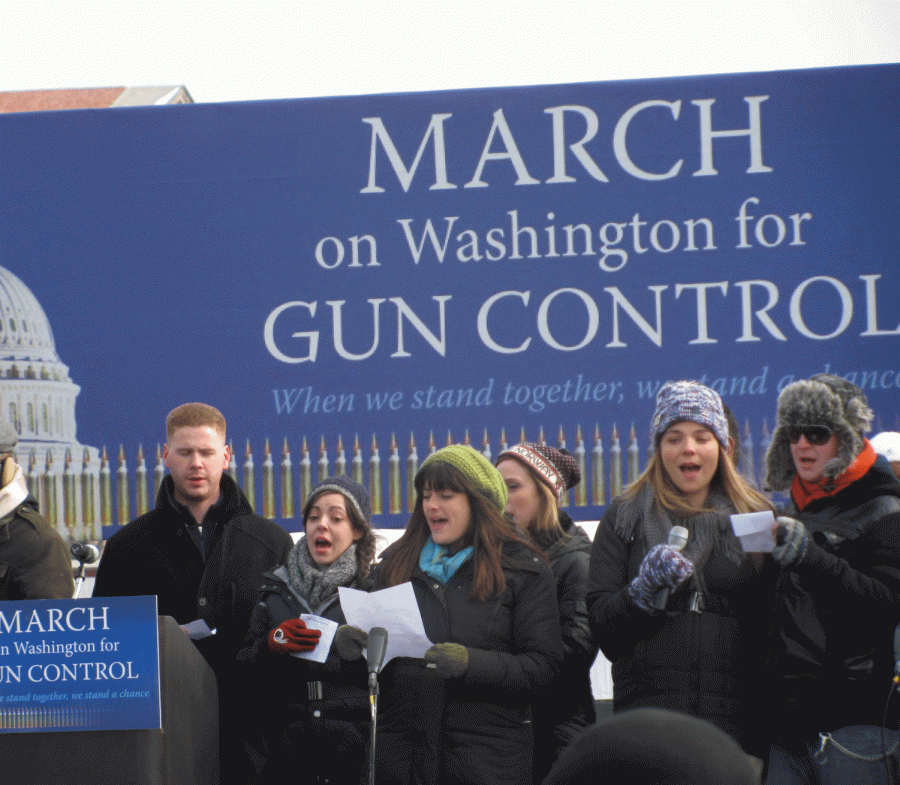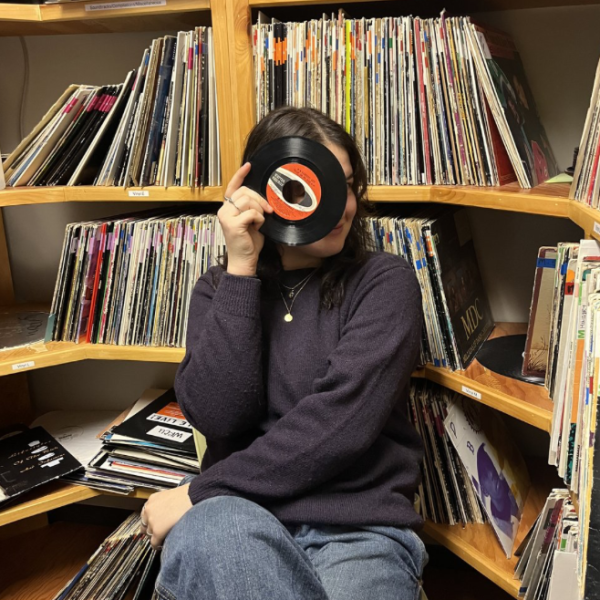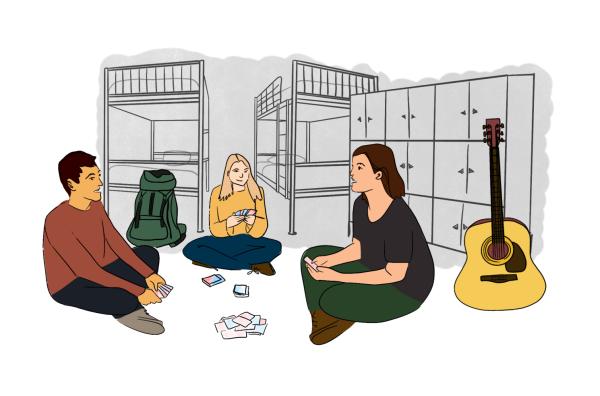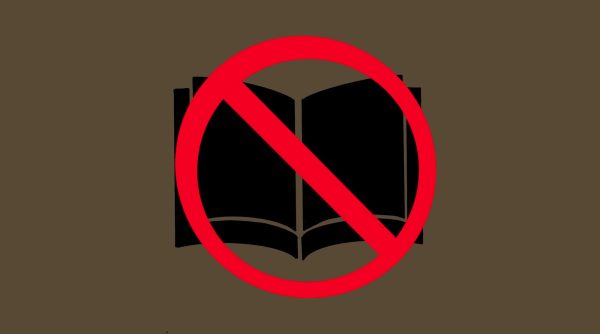What’s Left, Being Right: Gun Control Legislation
worth a shot: Protestors speak with their feet on matters regarding gun control in the March on Washington.
By Lee Tremblay
Class of 2016
Washington State Initiative 594 is a big deal. I know that it’s a big deal because Fox and the National Rifle Association (NRA) have been practically screaming about it in the news, and it’s being touted, should it succeed, as a blueprint for the rest of the states. Big names like Bill Gates, Paul Allen and Michael Bloomberg are donating millions towards its success.
There is a lot of misinformation surrounding gun control on both sides of the issue, and as someone who has never shot a gun, I am hardly a technical expert. I’ve done plenty of research on the legal, historical and political aspects, but I’ll admit, there’s only so much you can learn online. But here’s what I do know: in countries where private gun ownership is banned, massacres of the kind that happen roughly annually in the United States are unheard of.
Is that too obvious? Evidently not, considering there’s still such a hullabaloo every time someone invokes a spree shooting to justify increased gun control. We let this happen. We are continuing to allow this to happen by not limiting access to guns. There are few other methods for mass murder – bombs, arson and biochemical weapons come to mind – and around 34 percent of households in the U.S. have guns, a number reached after steady decline over the last four decades.
Is it reasonable to expect the average U.S. citizen to give up their Second Amendment right to bear arms? No. Some people depend on hunting as part of their food supply (and what would happen to Duck Dynasty?). Even my grandfather, whose arm is riddled with pellets after a hunting accident and has always warned me against guns, has a shotgun over the door.
That being said, I am strongly in favor of I-594, and I likely would be in favor of any other similar laws. It’s high time we start limiting, and this framework is a good place to start. Having read the 18-page text, definitions, questionable formatting and all, I’ll condense the initiative to its main and most controversial parts. I do not do so with the intent to obfuscate, although it’s possible details will get lost in translation. Everything applies to sales within the state and online.
First, it would extend background checks to all sale and transfers of firearms – except for antique weapons, family members, situations of immediate danger, law enforcement actions, servicing, authorized shooting ranges, competitions, legal hunting and inheritance.
Some of these exceptions are only temporary, and there is greater depth in the initiative. While some gun rights advocates still argue that the language is too broad (what exactly constitutes a “transfer?”), I’m all for it. The less possible loopholes for criminal, mentally ill or otherwise ineligible people to obtain guns with, the better.
Are background checks part of an annoying bureaucratic procedure that allows the federal government to collect data? Sure. In fact, it even requires two unlicensed parties to go to a licensed party to complete a transaction – possibly not the best method. But if a buyer can’t sacrifice a little time to make it that much less likely that someone else dies, they don’t deserve guns (and if anyone is that worried about our government, they’re probably living in the wrong country).
Second, there is a 10-day (for residents with identification) to 60-day (for new residents or those without identification) mandatory waiting period for delivery of newly-purchased guns once the resident has passed background checks, produced all appropriate licenses, signed all the paperwork and any outstanding arrest warrants have been served. If the local sheriff is suspicious, he can also hold the sale for 30 days. Again, I’m all in favor; it gives hotheads making an impulse gun purchase time to reconsider and gives the state time to process.
The initiative goes on to list punishments for disobedience and reiterate exemption from sales tax, but some of the primary arguments against it are entirely unjustified. It does not create a new database on gun ownership, although it does utilize existing ones. It has reasonable flexibility and exceptions. And while it won’t begin to address the kinds of illegal gun sales that perpetuate gang violence and inner-city crime, it’s unlikely any law could; that’s a matter for law enforcement.
To be totally honest, I wish this law could go further. There are many types of guns for sale that are – sorry for the pun – overkill, for hunting or self-protection, to an absurd degree. But this is a fair and reasonable measure that, if passed, could go a long way towards closing gaps in gun transfers and is not so far left as to outrage reasonable gun owners.
In the meantime, I’ll hope gun ownership continues declining. Whatever gun rights activists say, I don’t hope for a licensed gun user to save me if I do encounter gun violence. I hope I don’t encounter it at all.
By Olivia Detato
Class of 2017
Gun control has been at the forefront of the political arena over the course of the last two years. After the increase in public shootings, it became clear that gun control laws were not effective at providing safety. Over the past year, debate has grown increasingly heated as elections are on
the horizon.
The first major piece of legislation to pass in New York state in response to gun control activists was The Safe Act. New York governor Andrew Cuomo signed the bill into law on January 15, 2013. The act tightened the standards on what is defined as being an assault rifle, effectively banning many once-legal guns. Additionally, it limits gun magazines to 10 rounds and mandates that ammunition dealers conduct background checks.
When it was passed in 2013, the governor’s act was met with mixed approval, and it continues to draw varied opinions today. Many see the act as a step in the right direction for gun control, whereas others see it as completely flawed. The governor himself sees it as a success, stating, “New York has the first bill … New York has the best bill.” This reform is still the most extensive gun control act in the United States.
One of the major criticisms of the bill is the fact that it was rushed through the legislature in response to the Sandy Hook School shooting of Newtown, Conn., in which 20 students and six teachers were brutally killed. Additionally, many contend that the definition of assault rifles outlined in the law is too broad and limits permitted firearms too strictly. The law has resulted in major gun manufacturers, such a Kahr Arms, removing their headquarters and manufacturing plants from the state of New York. Furthermore, many online ammunition dealers are refusing to sell their products in New York due to the new law. Defenshield, a defense contractor, moved their headquarters to Florida, explicitly citing the Safe Act as their reason for doing so. These events have resulted in the loss of jobs for the state of New York.
While New York does have an extensive gun control act, it does not have a comprehensive one. In fact, no state does. Not a single state law is comprehensive enough to ban assault rifles, limit gun ownership and mandate microstamping bullets. It seems clear, though, that comprehensive and broad reform is the only way to regain safety. Enforcing extremely strict background checks before one can purchase a gun is imperative. Additionally, follow-up checks should further limit guns from falling into the wrong hands.
While many argue in favor of limiting all guns, banning guns completely is not a foolproof way of ensuring safety. Strictly banning guns will not prevent individuals from obtaining them, just as banning drugs has not eliminated drug usage. Guns have been legal since the time this country was founded, yet they have not posed a threat to civilian safety until relatively recently. The Second Amendment also preserves an individual’s right to bear arms. In July 2010, the Supreme Court ruled that the Second Amendment applies at both the state and local levels.
That being said, enough is enough. Those seeking to purchase a gun need to undergo extensive background checks and those selling guns and ammunition need to abide by strict regulations. If the laws are put into place and enforced effectively, they will ensure safety without outright banning firearms all together. It is undoubtedly clear that far too many lives have been lost as a result of the ease at which firearms can be attained. An important distinction to keep in mind is that while the firearm is the harmful mechanism, it is the person behind that weapon that truly inflicts the harm. Banning firearms does not ban ill intentions.















